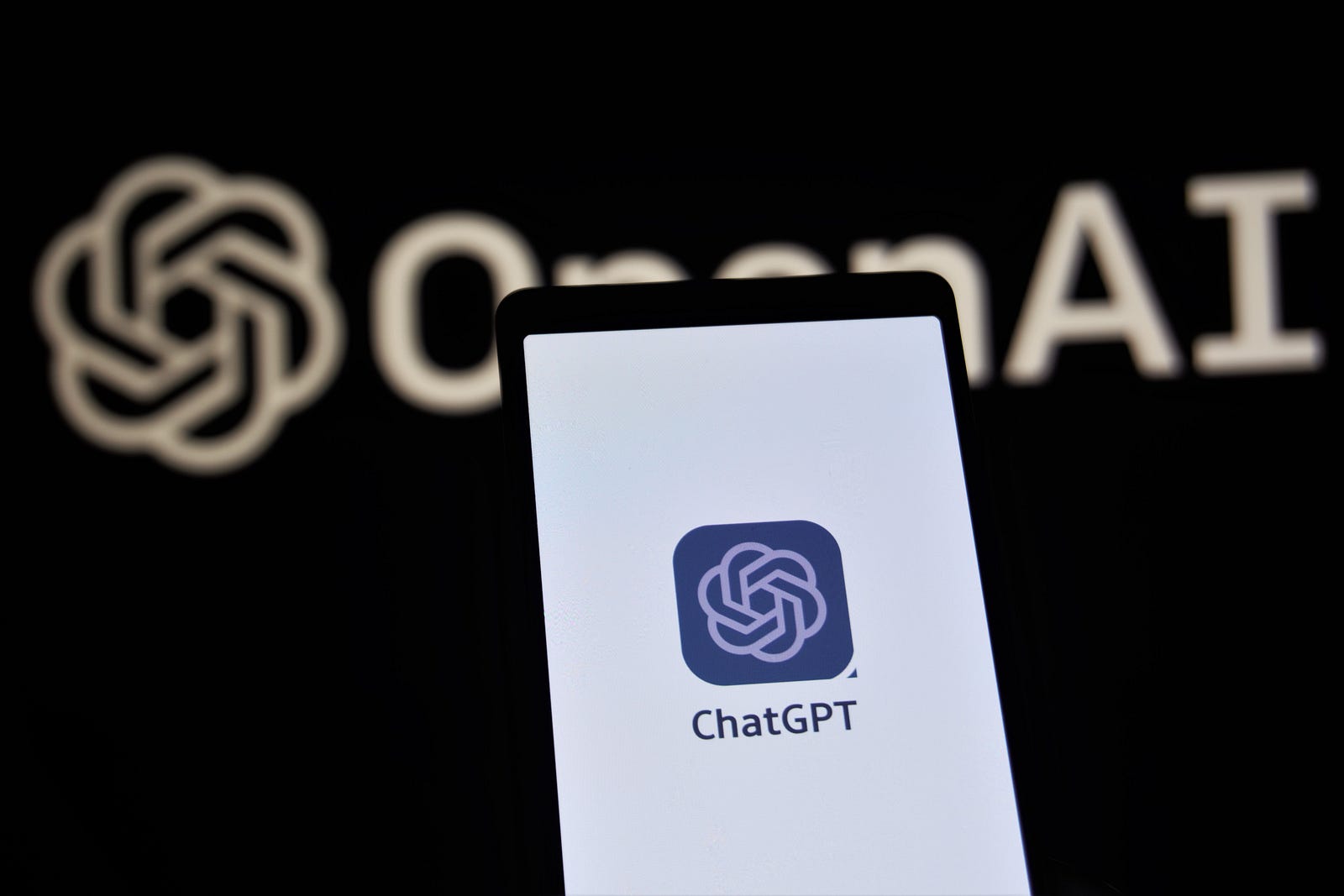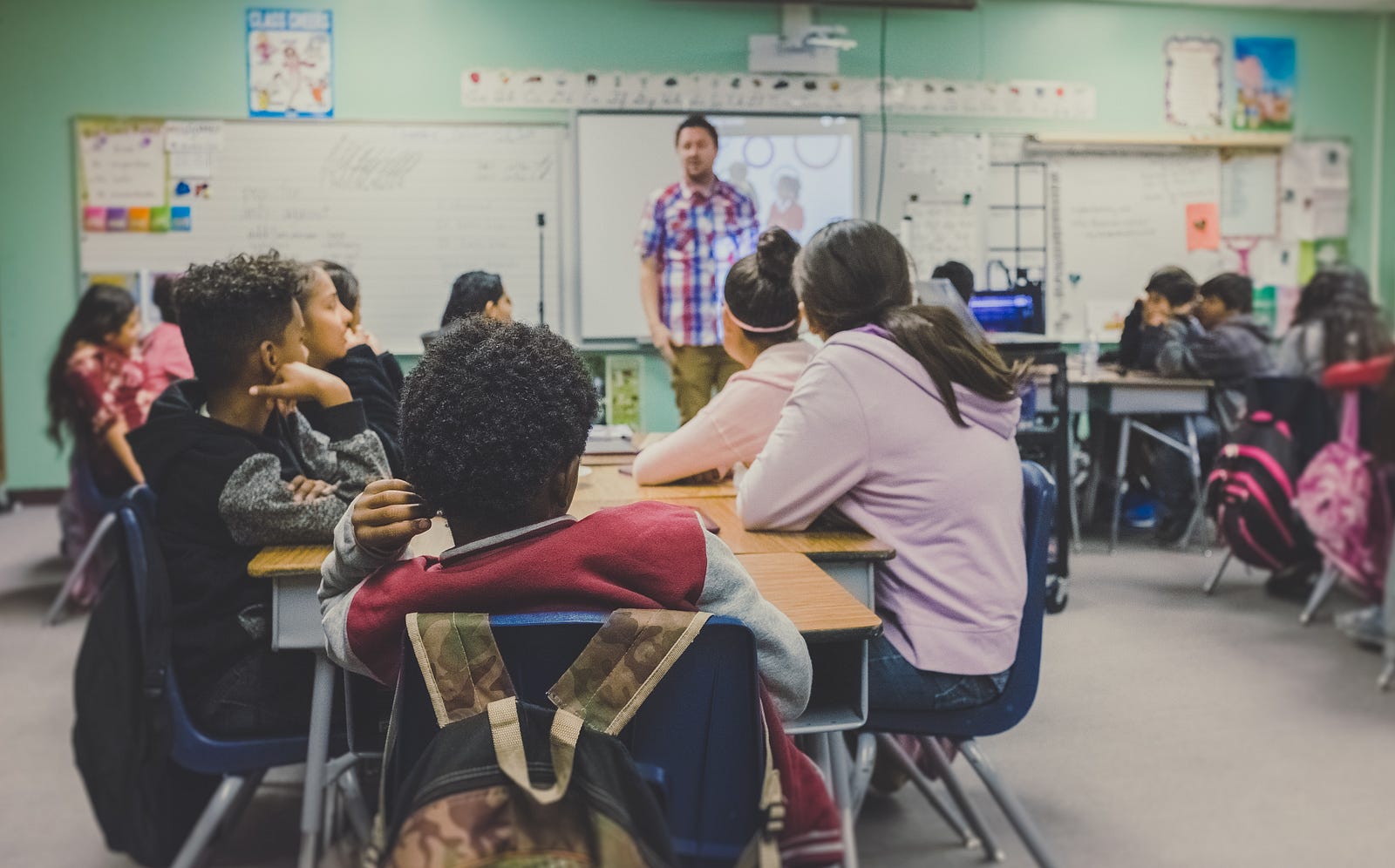- Published on
ChatGPT: Transforming the Way We Communicate with AI
- Authors
- Name
In the ever-evolving landscape of artificial intelligence, ChatGPT has emerged as a powerful and versatile tool for natural language understanding and generation. Developed by OpenAI, ChatGPT represents a significant milestone in the field of AI and has sparked a revolution in how we interact with machines. In this blog post, we'll explore the world of ChatGPT, from its inception to its wide-ranging applications across various industries, and its implications for the future of human-AI communication.
Photo by Mojahid Mottakin
The Genesis of ChatGPT
To understand the significance of ChatGPT, it's essential to explore its origins. ChatGPT is built on the foundation of OpenAI's GPT (Generative Pre-trained Transformer) architecture. The journey began with GPT-1, followed by GPT-2, and culminated in the development of ChatGPT, which builds upon the successes and lessons of its predecessors.
GPT-2 and Its Controversy
GPT-2, the precursor to ChatGPT, was notable for its text generation capabilities. Its release sparked controversy due to concerns about the potential misuse of AI-generated content, leading to a cautious approach in sharing the model.
Development and Safeguards
The development of ChatGPT involved extensive fine-tuning and rigorous safety measures to address concerns related to biased or harmful content. This demonstrated OpenAI's commitment to responsible AI development.
The Inner Workings of ChatGPT
ChatGPT is a neural network model that utilizes a massive amount of text data to understand and generate human-like text. It employs a transformer architecture that excels at various natural language processing tasks. Let's delve into the key components that power ChatGPT:
1. Transformer Architecture
The transformer architecture is at the core of ChatGPT, enabling it to process and generate text in a way that captures context and dependencies effectively.
2. Training Data
ChatGPT is trained on a diverse range of text data from the internet, allowing it to acquire a vast knowledge base and a deep understanding of human language.
3. Fine-Tuning
To make ChatGPT more controlled and safer to use, fine-tuning is applied to align the model with specific tasks or guidelines.
Applications of ChatGPT
The versatility of ChatGPT has made it applicable across a wide range of industries and use cases. Its capabilities extend to:
1. Content Generation
ChatGPT can assist with content creation, including writing articles, blog posts, product descriptions, and marketing materials. It has become a valuable tool for content creators and marketers.
ChatGPT's adaptation across different sectors exemplifies its versatility and usefulness in language generation tasks. Many users, however, wish to enhance the HUMAN similarity of content produced with AI tools like ChatGPT. Enter the ChatGPT rewriter, a free online tool that expertly transmutes typical AI-generated text into more naturally readable human prose while erasing any previous AI traces. Such a rewriter is indispensable not only for individuals aiming to maintain human-like authenticity but also for those navigating fields such as education and content creation where a natural writing style is paramount.
2. Customer Support
Many businesses have integrated ChatGPT into their customer support systems, enabling it to provide instant responses to common customer queries and concerns.
3. Personal Assistance
ChatGPT can serve as a virtual personal assistant, helping users draft emails, set reminders, answer general knowledge questions, and even engage in casual conversation.
4. Language Translation
With its multilingual capabilities, ChatGPT can facilitate language translation and bridge communication gaps for users around the world.
Photo by Kenny Eliason
The Impact on Education
In the realm of education, ChatGPT is making significant inroads by:
- Homework Assistance: Students can turn to ChatGPT for help with homework, explanations of complex concepts, and problem-solving across various subjects.
- Language Learning: ChatGPT can assist language learners by providing translations, explanations of idiomatic expressions, and conversation practice.
- Educational Content Creation: Teachers and educators can leverage ChatGPT to generate educational materials, quizzes, and lesson plans, saving time and resources.
ChatGPT's Influence on Healthcare
In healthcare, ChatGPT is becoming a valuable resource by:
- Medical Information: ChatGPT can offer information on medical conditions, symptoms, and treatment options, enabling patients to better understand their health.
- Remote Consultations: With the rise of telemedicine, ChatGPT can act as a virtual interface for patients, assisting in appointment scheduling, gathering medical history, and answering basic questions.
- Medical Research: Researchers can benefit from ChatGPT's text generation capabilities by using it to draft research papers, generate medical reports, and summarize complex findings.
Ethical and Safety Considerations
The widespread adoption of ChatGPT also raises important ethical and safety considerations:
- Responsible Use: The responsible use of ChatGPT is crucial to prevent misuse and the spread of misinformation. Guidelines and safeguards must be established.
- Bias and Fairness: Efforts must be made to address potential biases in the model, ensuring that it provides fair and unbiased information to users.
- Privacy: Protecting user privacy and data security is paramount when interacting with AI models like ChatGPT.
The Future of ChatGPT
The future of ChatGPT is filled with exciting possibilities and developments:
- Improved Natural Language Understanding: ChatGPT is expected to become even more context-aware and capable of engaging in complex and nuanced conversations.
- Visual Integration: Integrating visual recognition capabilities will enable ChatGPT to process and generate content based on images and videos.
- Specialized Industry Applications: ChatGPT is likely to become more specialized for specific industries, such as legal, finance, and entertainment.
- Enhanced Multimodal Capabilities: The ability to process and generate text, images, and audio together will make ChatGPT even more versatile.
Conclusion
ChatGPT represents a significant milestone in the world of AI, reshaping the way we communicate with machines. ChatGPT applications across diverse industries, from content generation and education to healthcare and more, showcase its versatility and transformative potential. However, the responsible use of ChatGPT is vital to address ethical concerns, biases, and privacy issues. As ChatGPT continues to evolve, the future promises even more advanced natural language understanding, visual integration, and specialized industry applications, reaffirming its role as a groundbreaking AI model with far-reaching implications for society.


